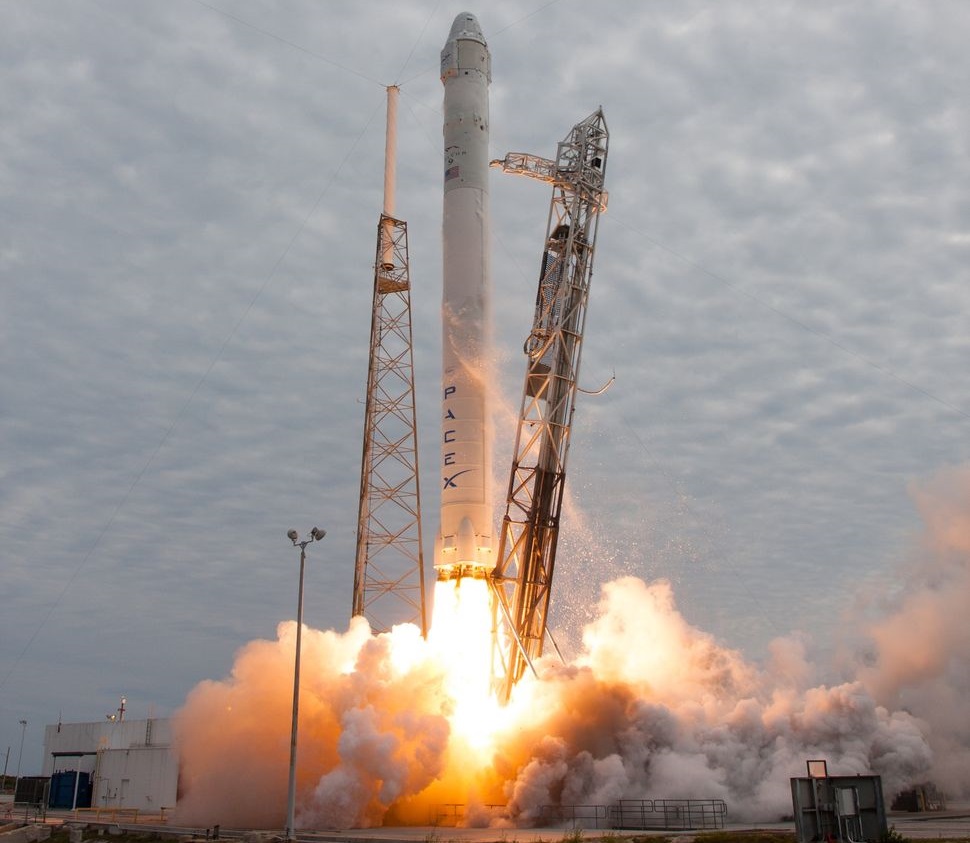Dragon: after the postponement, launch was successful

spaceflight101.com
At 4:10 pm on April 14, 2015 the launch of the Dragon spacecraft took place towards the International Space Station from Cape Canaveral.
The event was scheduled for April 13 but it has been postponed to the next day since the weather condictions were not good. This is the sixth mission to supply the ISS. Dragon and Falcon 9, the supplying module and the launcher, are realized by the American company SpaceX.
Dragon was separated from the first and the second stage reaching the preliminary orbit established. Thanks to a series of engines powered by its solar panels it will reach the orbiting laboratory on April 17 at 7 am. The crew with the support of NASA will capture it by the robotic arm length of about 18 meters.
The vehicle carries more than two tons of supplies and experiments which cost around 4300 pounds. Among the ten scientific projects selected, three belong to the mission called “Futura”, where the Italian Samantha Cristoforetti is also part. We are talking about the ISSpresso, Cell Shape and Expression (Cytospace) and Nanoparticles and Osteoporosis (NATO).
“Cell Shape and Expression” is a biology experiment made by Kayser Italy and the Department of Molecular and Clinical Medicine (University of Rome La Sapienza). Its purpose is to define a model that describes the influence of microgravity on the genetic expression, which modify the cell’s shape.
The NATO’s experiment regards research on osteoporosis, a multifactorial skeletal disease. Developed by the Department of Molecular Medicine, Unit of Biochemistry, Laboratory of Nanotechnology, University of Pavia, Department of Pharmacological Sciences and Biomolecular, Faculty of Pharmacy, University of Milan, Institute of Crystallography of the CNR and the Kayser Italy. The experiment’s aim is to ensure that some nanoparticles used on bone cells are an effective countermeasure to activate bone formation and reduce the reabsorption process.
Finally, Dragon will also orbit the ISSpresso. It is realized from Argotec with the support of Lavazza and in partnership with ASI and it is a complex experiment of fluid physics. It is not a simple coffee maker, but it is a system capable of ensuring the difficult management in an environment where the liquids are characterized by high pressure and high temperature.
Roberto Battiston, the ASI’s president, about the presence of the Italian experiments said: “This last load is particularly important because it reaches crowing of mission Futura and it brings on the ISS three experiments that confirm the very significant leader’s role of our country also about microgravity’s research. They are experiments that engage our Samantha in this month of work before returning to Earth and we expect important results. ”
